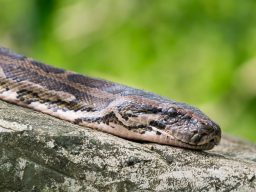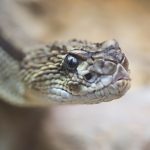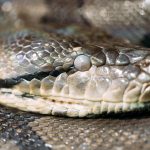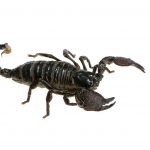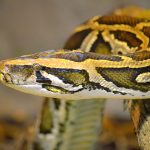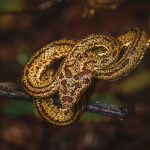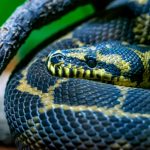Yes and no, Snakes actually digest most of the bones from the animals they eat. But sometimes bones can get thru semi undigested
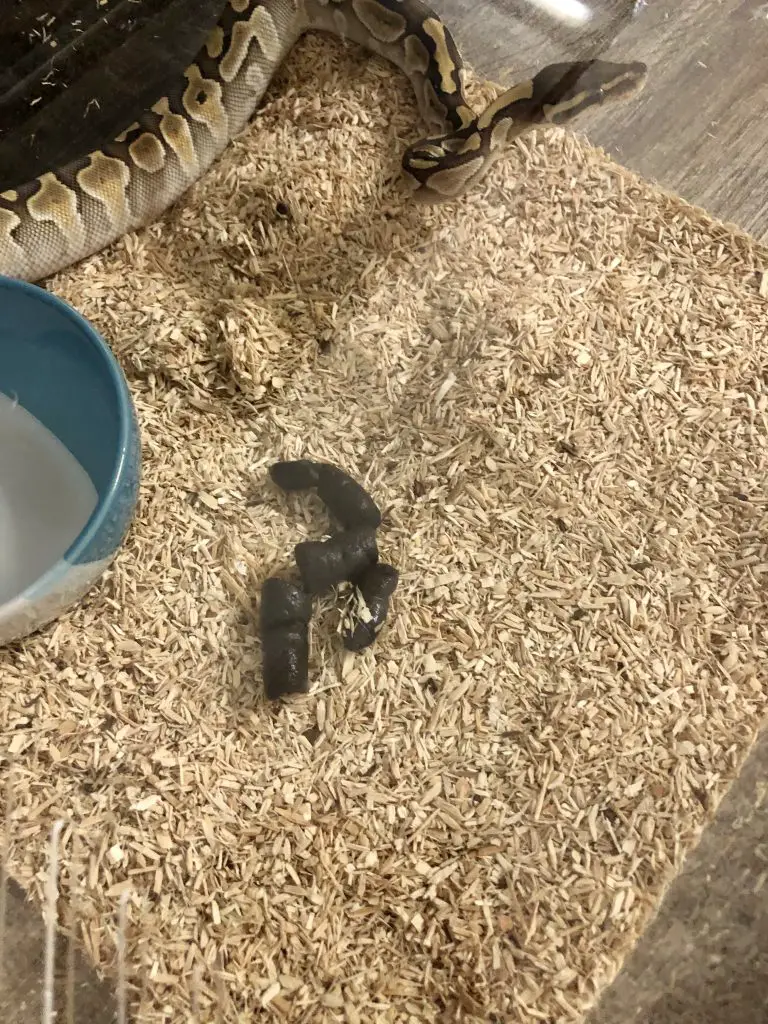
Snakes can eat a lot of things in their daily diets and they are best at digesting the foods. Their muscles allow them to stretch their bodies and can help in digesting as well.
Most people might have seen that snakes don’t chew their food. Instead of doing that they just swallow their prey or food and when the prey goes inside of their bodies, different body chemicals help it in digesting the food.
But this is a very slow process and it can take much time to do so. They can eat anything coming their way but it should be a creature.
Snakes swallow their prey whole which means they must also consume the bones with it and the fur as well. But, most animals cannot digest the bones, and if we say that a snake can do that then it will make you wonder how they are digested by a snake’s body?
All snakes digest their foods using strong stomach acid and enzymes. The prey stays in the stomach for days and weeks as well. This whole process allows it to digest the foods and the bones as well.
Fur or feathers cannot be digested by the snake as they are made of Keratin and they cannot be digested easily so it poops them out of the body. Snakes can also consume the prey that is much larger to them right down to the bones, claws, and feathers as well.
So, the digestive process is completely different from humans or we can say that their digestive system is stronger than humans.
Snakes don’t eat their prey the way that other animals do so if we talk about the snake, it can digest a prey due to its stomach acid and strong digestive enzymes.
Do snakes poop out of their mouths?
No, snakes have a cloaca from where the snake poop our digested food. But if the snake eats stuff it’s not supposed to it can regurgitate and get rid of it thru the mouth
Once the snake swallow, digests it is reduced to poop, the snake can get rid of it through an anal opening or it is called “cloaca” which is a Latin word that means “sewer”. Their opening can be found at the end of the snake’s belly or it can be found at the end of their tail.
So there are some rare situations in which snakes poop the food out of their mouths. Like, when they are having trouble in the digestive system or when they swallow much bigger food than the snakes, they just simply take it out from their mouth.
Many times when they are around homes, they swallow the things that they should not swallow so they just simply poop them out of their mouths.
–Check out what more the snake uses its cloaca for besides pooping here–
What does snake feces look like?
When snake excreted waste, it is actually in the form of a mixture of liquid and solid. It looks white and is more of a liquid than a solid much like a bird dropping.
They are not able to digest the feathers and fur so they just simply poop them out and it is also in white. Snakes’ digestive system is very strong and can digest even the bones which most of the other animals cannot do.
Why is Snake Poop White?
Most of the time the snake poop is white and white poops mean that the droppings are old or full of urea.
Snake eliminates both solids and liquid waste from the cloaca, the single opening at the end of their belly or tail. Because of this, urea is excreted in a white form and creates the cover or cap on the droppings and because of it, poops look white.
What Do Snake Pee And Poop Look Like?
How would you come to know that it is snake feces? Fresh snake poop is usually dark brown, but it turns in chalky color as it dries out. Generally, their droppings are thick and large, and slimy as well. When it is not a fresh poop then it will look like white color because of the area which covers the droppings.
Are There Plants That Repel Snakes?
Yes, there are specific plants that repel snakes naturally. These plants release strong scents or have repellent properties that deter snakes from entering an area. Examples of plants that repel snakes include marigolds, lemongrass, wormwood, and garlic. Incorporating these plants into your garden or outdoor space may help keep snakes at bay.
Does The Snake Poop Stinks?
“When dried, the snake poop is usually odorless or only has a very faint smell. Sometimes their poops smell bad but most of the time after drying out they don’t smell. It just gets dried out and gets hard.”

